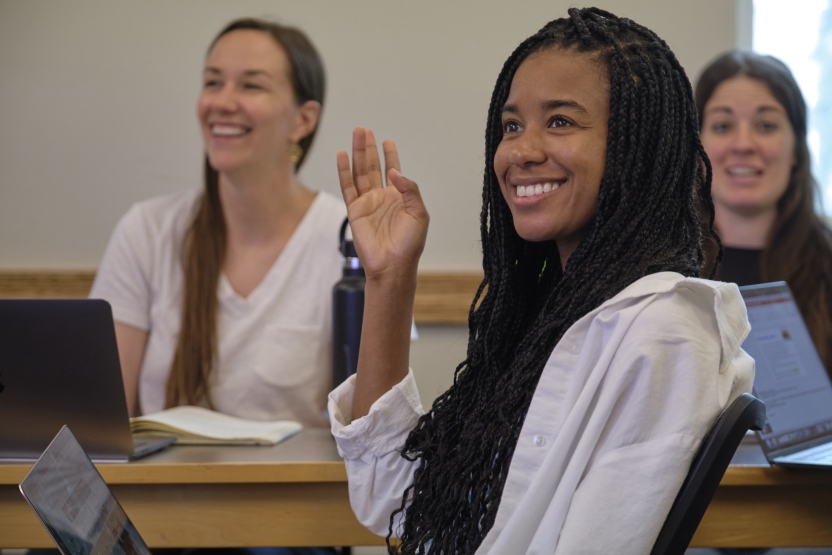Level Descriptions

Placement in a specific level is determined by language proficiency. All students, except for complete beginners, take a language assessment prior to the start of the program. The language assessment is not part of the application process.
Explore our course catalog to see the courses offered in past years.
Level 1: Beginning Spanish
SPAN 3101-3103-3104
This level is designed for students with no functional ability in Spanish, and with no previous formal or informal exposure to other Romance languages. After having completed these courses, students should be able to ask and answer questions within a variety of sociocultural situations, and participate in simple conversations on topics beyond the most immediate needs. They should understand utterances on a variety of topics primarily related to basic personal background and needs. They should write short texts involving topics grounded in personal experiences. They should read simple and connected texts dealing with a variety of basic and sociocultural needs.
Level 1.5: High Beginning Spanish
SPAN 3151-3153-3154
This level is designed for students with some functional ability in Spanish, or with previous exposure to other Romance languages, who typically progress at an accelerated rate. After having completed these courses, students should be able to create independently with the language, ask and answer questions, and participate in simple conversations. They should understand utterances on a variety of basic topics. They should write short texts involving topics grounded in personal experiences. They should read simple and connected texts dealing with a variety of basic and sociocultural needs. Special emphasis on pronunciation and specific syntactical structures will enable students to overcome typical errors in their oral and written communication.
Level 2: Intermediate Spanish
SPAN 3201-3203-3204
After having completed these courses, students should be able to initiate, sustain, and close a general conversation with a number of strategies appropriate to a range of sociocultural circumstances and topics. They should understand longer stretches of connected discourse on a number of topics pertaining to different times and places. They should write letters, synopses and paraphrases, summaries of biographical data, work and school experience. Students should read simple connected texts dealing with personal needs and cultural contexts about which the reader has personal interest and/or knowledge.
Level 3: Advanced Intermediate Spanish
SPAN 3301
After having completed these courses, students should handle with confidence complicated tasks and sociocultural situations, such as elaborating, offering compliments, and apologizing. They should also narrate and describe linking sentences together smoothly. Students should understand the main ideas and some details of connected discourse on a variety of topics beyond the immediacy of the situation. They should be able to write routine social correspondence and join sentences in simple discourse of at least several paragraphs in length of familiar topics. They should read longer texts, get the main ideas and facts, and notice relevant details. Students in level 3 will also take two level-3400 classes. Students will be notified of the available choices in the spring.
Level 4: Advanced Spanish
SPAN 3401
After having completed these courses, students should be able to discuss concrete topics relating to particular interests and special fields of competence. They should be able to support opinions, explain in detail, and hypothesize. Students should understand the main ideas of most speech in a variety of social and cultural contexts. They should write about a variety of topics in different time frames with significant precision and in detail. Students should develop a solid awareness of the aesthetic properties of language and of its literary styles. Level 4 students will also take two level-3400 courses. Students will be notified of their available choices in the spring.
